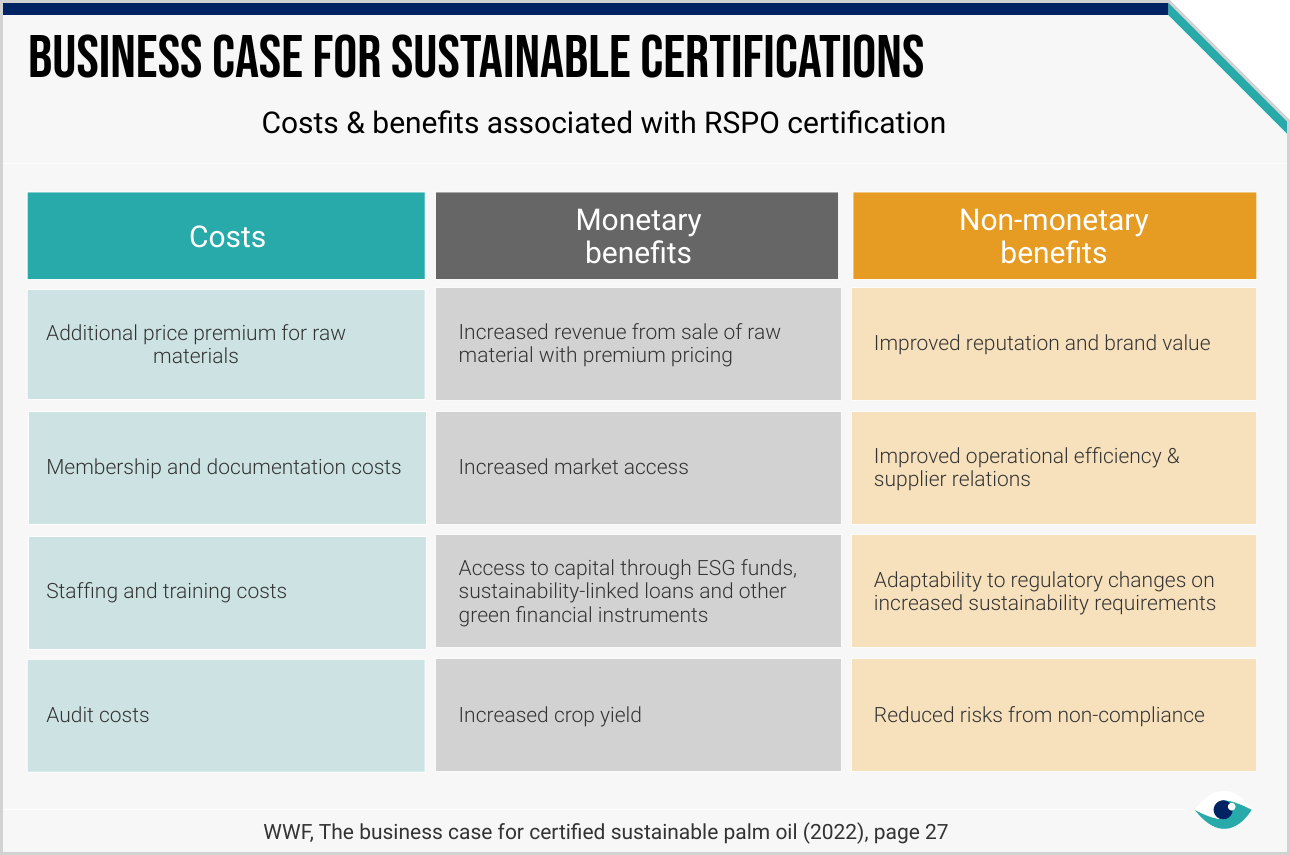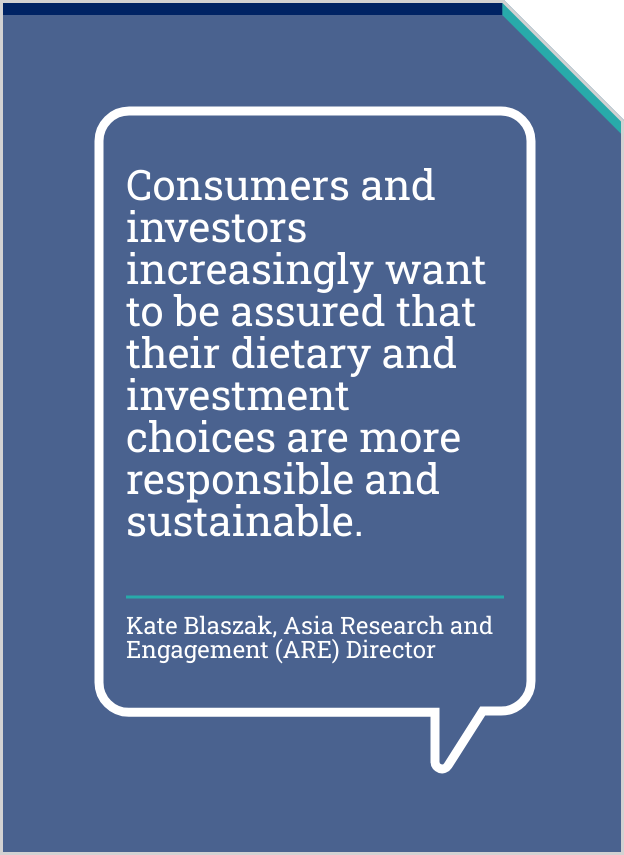Extreme weather events, such as severe flooding and typhoons in key agricultural regions, are increasing in frequency and intensity and disrupt food supply chains. Against this backdrop, the food & beverage retail industry is acting to enhance supply chain resilience. Effective supply chain management involves coordinating raw materials, products and information from suppliers to consumers to ensure efficiency and meet customer demands. Adopting sustainable sourcing guidelines and enhancing supplier engagement can improve resiliency, reduce reputational risks, and capture new market opportunities through ethical and environmentally friendly practices.

Enhancing supply chain resilience in the food industry
Collaborating with suppliers to enhance upstream transparency and reduce risks in the supply chain is vital for long-term resilience
Value chain: upstream
Food & beverage retail
AT A GLANCE
Extreme weather events disrupt supply chains, highlighting the need for planning resilience in the food retail industry.
This is crucial as effective supply chain management ensures efficiency and meets customer demands.
Long-term, adopting sustainable practices can reduce risks, improve resiliency, and capture new market opportunities.
Blockchain potential
Blockchain technology can enhance transparency in supply chain management. It ensures all parties agree on terms through smart contracts, reducing inefficiencies. Integrating blockchain into agriculture can increase efficiency and decrease waste. However, within the food value chain, it is acknowledged that a reliable database to transfer knowledge is still conspicously absent. Prominent adoptions, such as the widespread use of blockchain in Indian agricultural supply chains, have seen encouraging results regarding reduced waste.
Supplier engagement
Effective supply chain management involves a proactive approach to materials and information from suppliers to consumers. Implementing sustainable sourcing guidelines improves resilience , while supplier engagement is a key mitigating action for reputational risks. Regarding the relevant international framework for disclosure, globally significant food retailers refer to SASB disclosure metric 308-1 related to the proportion of new suppliers screened using environmental criteria.

Climate modelling
Climate risk modelling and scenario analysis help businesses identify and mitigate supply chain disruptions due to climate impacts. Risk modelling is widely applied by food retailers. Tesco uses digital twins and climate risk modelling to assess supply chains, especially in vulnerable regions. Tesco's modelling specifically considers the impact on cost of good sold (COGS) for key commodities such as soy, palm oil, coffee and cocoa. Specific scenario modelling can help improve sourcing decisions.

Future planning
The financial cost of inaction regarding supply chain risks includes increased costs, reduced product range, supply chain disruptions and adverse financial performance. Long-term resilience strategies are crucial for adapting to climate change and supply chain disruptions. Tesco models climate risks over 10 and 20 years to understand impacts on fresh produce, commodities and livestock. This proactive approach aids in integrating risk mitigation into corporate decision-making.
FURTHER READING
- 308: Supplier Environmental Assessment (GRI)
- Food Retailers & Distributors Standard (SASB)
- Net Zero Company Benchmark (Climate Acton 100+)
